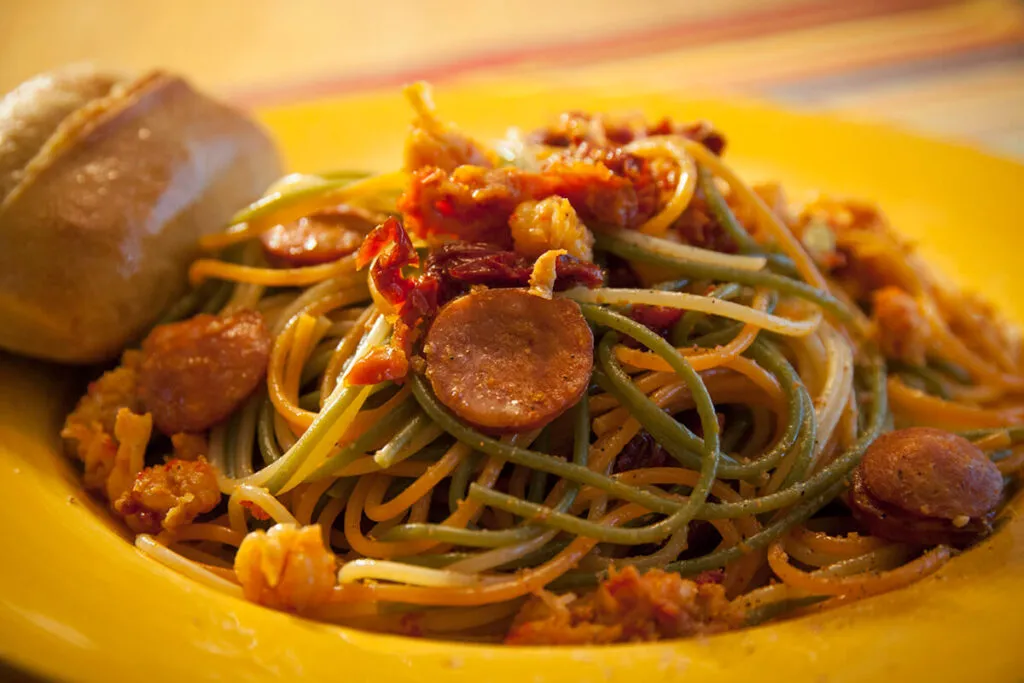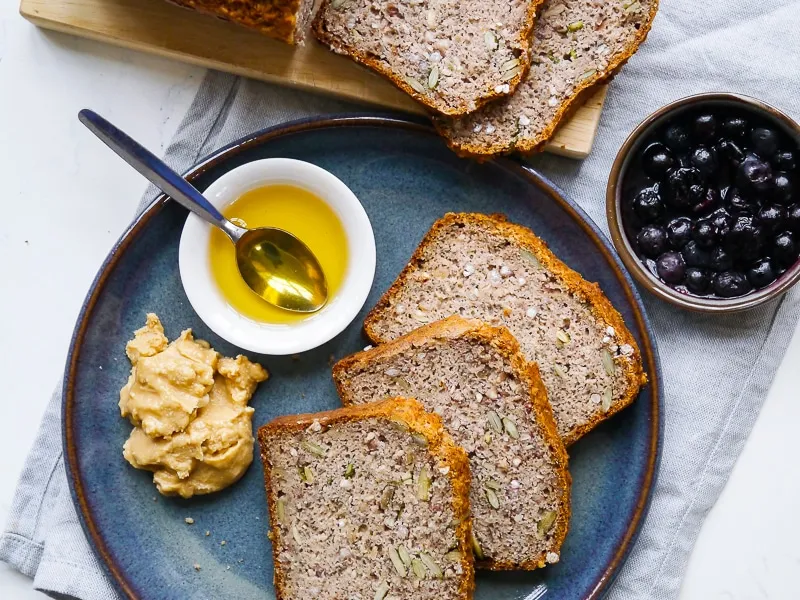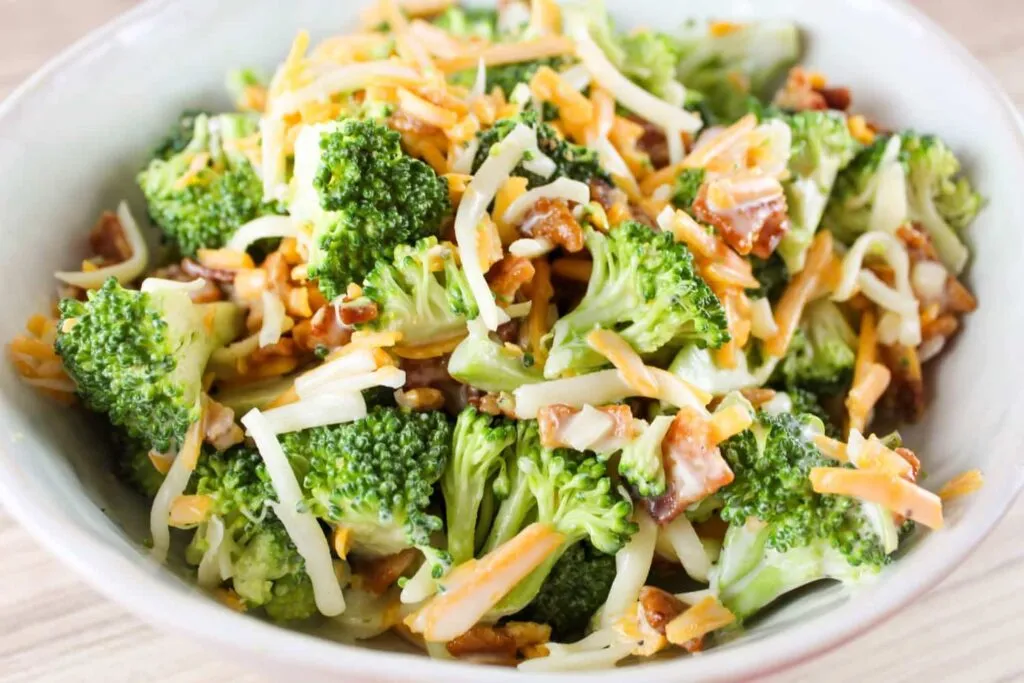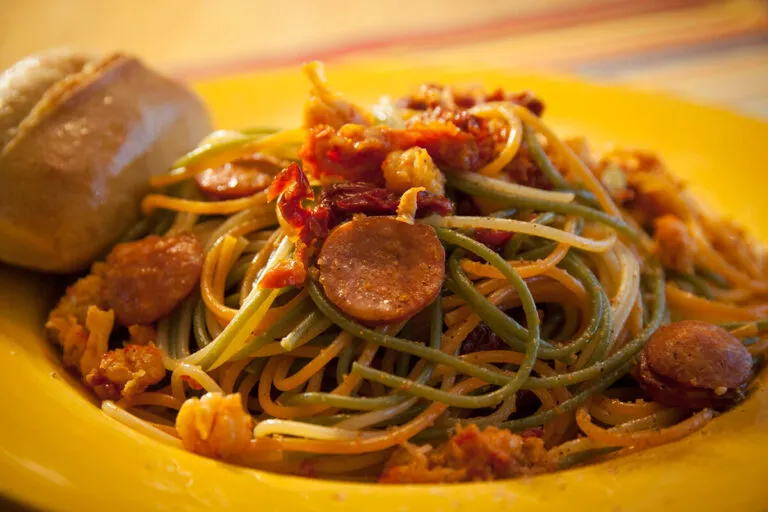For a high-altitude banana bread recipe, follow these simple steps. When baking banana bread at high altitudes, adjustments are necessary due to lower air pressure and moisture content.
This can affect the rising process and the overall texture of the bread. To ensure success, make the following adjustments to your standard banana bread recipe at high altitudes, such as increasing the baking temperature, reducing the leavening agents, and incorporating additional moisture.
By following these adjustments, you can enjoy a perfectly moist and delicious banana bread, even at high altitudes.
Table of Contents
ToggleUnderstanding High Altitude Baking
Unleash the secret to perfect banana bread at high altitudes. Learn the adjustments needed for successful high-altitude baking with this specialized banana bread recipe. Elevate your baking game and enjoy fluffy, moist banana bread even at higher altitudes.
What Is Considered High Altitude?
Atmospheric pressure decreases with altitude, high altitude areas are typically 3,000 feet or more above sea level.
Impact Of High Altitude On Baking
High altitude affects baking due to lower air pressure and reduced oxygen levels. Quick recipe adjustments are needed for successful outcomes. You may also like:
- Adjustments for High Altitude Baking
- Top Tips for Baking at High Altitudes
- Perfecting Banana Bread at High Elevations

Adjusting Ingredients
In high-altitude baking, it’s crucial to adjust the ingredients in your banana bread recipe for the best results.
Flour
Use less flour than at sea level to prevent a dry texture in your banana bread.
Leavening Agents
Increase baking powder slightly to help the bread rise properly in high altitudes.
Sugar
Slightly reduce sugar to prevent the bread from becoming too dense during baking.
Liquids
Add more liquid ingredients to keep the bread moist in dry altitude conditions.
Fats
Increase fats such as butter or oil to maintain the bread’s tenderness at higher altitudes.
Eggs
Adding an extra egg can help in binding and structure due to the effects of high altitude on baking.
Techniques For High Altitude Baking
When it comes to baking at high altitudes, it’s essential to make certain adjustments to your recipes to ensure the best results. These adjustments address the challenges posed by high altitude conditions, such as lower air pressure and drier climate, that can affect the outcome of your baked goods. In this blog post, we will explore three key techniques for high-altitude baking: mixing methods, temperature adjustments, and oven adjustments.
Mixing Methods
Mixing methods play a crucial role in high-altitude baking. It’s important to keep in mind that the lower air pressure at high altitudes affects how ingredients combine and how much leavening is needed. Here are a few tips to keep in mind when it comes to mixing:
- Use a gentle mixing method to prevent excess gluten formation, which can lead to a dense and tough texture. Mix just until the ingredients are combined, avoiding overmixing.
- Avoid adding too much air into the batter, as it can cause the final product to collapse or sink in the middle. Fold in delicate ingredients like whipped cream or egg whites gently to maintain their volume.
- Consider reducing the amount of leavening agents, such as baking powder or baking soda, as the lower air pressure can cause them to work more efficiently.
Temperature Adjustments
Temperature adjustments are another crucial aspect of high-altitude baking. High altitudes often have cooler temperatures, which can affect the baking time and the rise of your baked goods. Here are a few temperature adjustments to consider:
- Decrease the oven temperature: Lowering the oven temperature by about 15 to 25 degrees Fahrenheit can help prevent your baked goods from drying out and browning too quickly on the outside while remaining undercooked on the inside.
- Extend the baking time: Due to the lower air pressure, baked goods take longer to cook at high altitudes. Add a few additional minutes to the recommended baking time, keeping a close eye on the oven to prevent overcooking.
Oven Adjustments
In addition to temperature adjustments, certain oven adjustments can further optimize your high-altitude baking experience. Here’s what you need to consider:
- Use an oven thermometer: Calibrate your oven with an oven thermometer to ensure accurate temperature readings. This is particularly important at higher altitudes where temperature fluctuations can have a more significant impact on the baking process.
- Place baking pans on the center rack: For even heat distribution, position your baking pans in the center of the oven. This helps prevent uneven baking or browning on the top or bottom.
- Consider using a convection oven: If available, a convection oven can be beneficial for high-altitude baking. The fan in a convection oven helps circulate air more evenly, resulting in a more consistent baking outcome.
With these techniques and adjustments in mind, you’re now equipped to tackle high-altitude baking with confidence. Remember to experiment and make note of any changes to recipes that result in the desired outcome. Happy baking!

Specifics For Banana Bread
Welcome to our guide on high-altitude banana bread! Baking at high altitudes can be a tricky challenge, but with the right adjustments and tips, you can create a moist and delicious banana bread that will impress even the most discerning of palates. In this section, we will delve into the specifics of baking the perfect high-altitude banana bread, including choosing the right bananas, selecting the appropriate pans, and making the necessary recipe adjustments.
Choosing The Right Bananas
When selecting bananas for your high-altitude banana bread, opt for ripe bananas with brown spots on the peel. These bananas will not only be easier to mash, but they also have a higher sugar content, which will enhance the sweetness of your bread. Overripe bananas that are beginning to turn black can add even more flavor to your recipe.
Choosing The Right Pans
For high-altitude banana bread, it’s crucial to choose the right pan to ensure even baking. Consider using a light-colored metal pan instead of a glass or dark pan. The lighter color will prevent the bread from over-browning, while metal pans conduct heat more efficiently, which is essential at higher altitudes.
Making Adjustments To The Recipe
When preparing banana bread at high altitudes, it’s essential to make specific adjustments to the recipe to account for the lower atmospheric pressure and potentially drier climate. Increasing the amount of liquid and slightly reducing the leavening agents can help achieve the desired results. Additionally, adjusting the baking time and temperature may be necessary to ensure the bread bakes evenly and comes out perfectly moist.
Testing And Troubleshooting
Banana bread is a delectable treat that many enjoy, but baking it at a high altitude can present unique challenges. In this section, we’ll explore the testing and troubleshooting aspects of baking banana bread at higher elevations, ensuring your loaf turns out perfectly every time.
How To Test If The Bread Is Done
Banana bread baked at high altitudes may require adjustments in testing for doneness. The traditional toothpick test remains a reliable method. Insert a clean toothpick into the center of the bread – if it comes out clean, the bread is done. However, at higher elevations, the bread may need extra time in the oven due to reduced air pressure affecting the baking process. Be sure to retest for doneness, as needed, until the toothpick comes out clean.
Common Issues And Troubleshooting Tips
Baking banana bread at high altitude can lead to several common issues, such as sunken tops, dry texture, or uneven baking. Here are some troubleshooting tips to address these concerns:
- Sunken tops: Reduce the amount of leavening agents, such as baking powder or baking soda, to prevent the bread from rising too quickly and then collapsing.
- Dry texture: Increase the amount of wet ingredients, such as bananas or oil, to maintain moisture in the bread during the baking process.
- Uneven baking: Shield the top of the bread with aluminum foil during the latter part of the baking process to prevent excessive browning while ensuring the center bakes thoroughly.
By understanding how to test for doneness and troubleshoot common issues, you can achieve a perfectly baked banana bread at high altitudes.
Tips And Tricks
When it comes to baking at high altitude, making adjustments to recipes becomes essential. Baking banana bread at higher altitudes can be a bit challenging as the lower air pressure and drier climate can affect the outcome. But worry not! With a few useful tips and tricks, you can achieve that perfectly moist and delicious banana bread even at high altitudes.
Adding Extra Moisture
One of the key challenges when baking at high altitude is the tendency for baked goods to become dry. To combat this issue, it is important to add extra moisture to your banana bread recipe. There are various ways to achieve this, such as:
- Increasing the amount of liquid ingredients: Adding a bit more liquid, such as milk or yogurt, can help retain moisture in the bread.
- Using ripe bananas: Ripe bananas are naturally more moist, so opt for well-ripened ones to enhance the moisture content of the bread.
- Including applesauce: Adding a quarter cup of applesauce to the recipe can provide some extra moisture and help keep the bread soft and tender.
- Adding extra oil or butter: Increasing the amount of fat in the recipe can also help retain moisture. However, be cautious not to overdo it, as it may affect the overall texture.
Using Altitude-specific Recipes
Altitude-specific recipes are specifically designed to accommodate the challenges faced at high altitudes. These recipes have already been adjusted to factor in the lower air pressure and drier conditions, saving you the trouble of making adjustments yourself. Look for recipes that are specifically labeled as “high-altitude” or suitable for your specific altitude. Using altitude-specific recipes ensures a higher chance of success in achieving the desired texture and taste.
Making Adjustments For Other Baked Goods
In addition to banana bread, you may also encounter challenges when baking other goods at high altitude. To ensure success with your favorite baked treats, here are a few general tips for making adjustments:
- Decrease leavening agents: Reduce the amount of baking powder or baking soda in the recipe, as the lower air pressure may cause them to work more rapidly.
- Increase baking temperature: Higher altitudes often require slightly higher baking temperatures to ensure proper cooking and browning.
- Adjust baking time: Due to the changes in air pressure, baked goods may take longer to cook. Keep a close eye on the oven and test for doneness with a toothpick or cake tester.
- Experiment and record: High-altitude baking may require some trial and error. Keep track of the adjustments you make to each recipe until you find the perfect combination for your desired results.
By following these tips and tricks, you can confidently bake delicious and moist banana bread or any other baked goods at high altitudes. With a bit of practice and patience, your elevated bakes will be a hit among family and friends!
Frequently Asked Questions For (Banana Bread Recipe High Altitude)
What Are The Key Ingredients For High Altitude Banana Bread?
For high-altitude banana bread, you’ll need ripe bananas, flour, sugar, eggs, baking powder, and salt.
How Can I Adjust The Baking Time For High Altitude Banana Bread?
At high altitudes, increase baking time by 5-10 minutes and keep an eye on moisture levels.
What Modifications Are Recommended For Baking Soda At High Altitudes?
At high altitudes, reduce baking soda by 1/8 to 1/4 teaspoon to prevent the bread from rising too much.
Why Is High Altitude Banana Bread Prone To Dryness?
High altitudes can cause faster moisture evaporation during baking, resulting in drier banana bread. Add extra moisture or reduce baking time.
Conclusion
Incorporating these adjustments into your banana bread recipe can make all the difference at high altitudes. By making a few simple modifications, such as adjusting the oven temperature and baking time, you can achieve a moist and delicious banana bread even in elevated areas.
Take note of these tips to ensure success in your baking endeavors. Happy baking!











